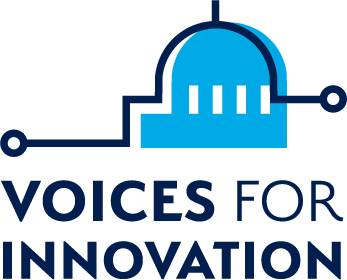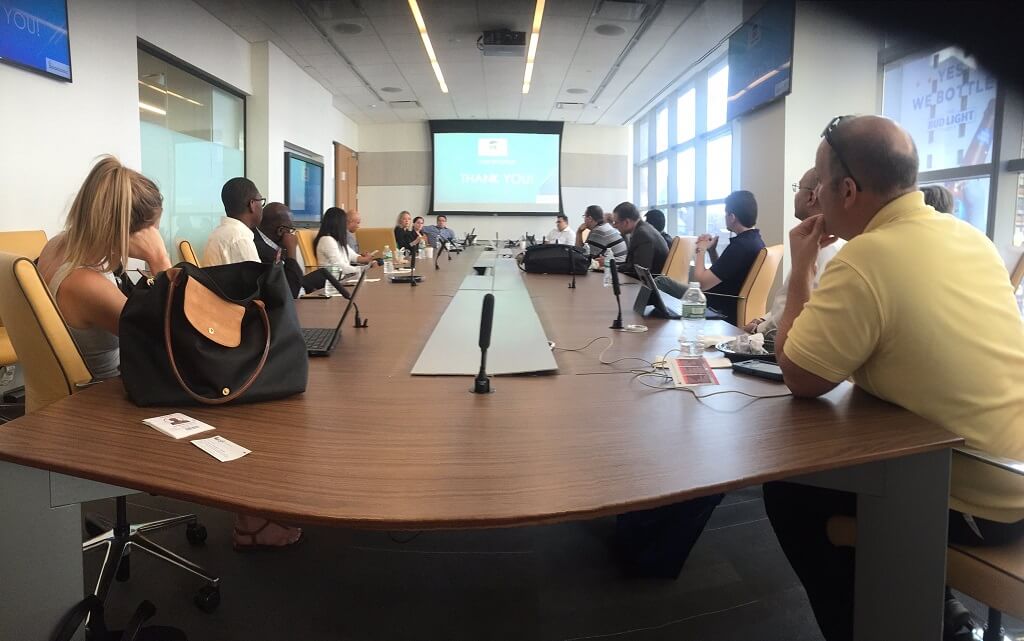In early 2018 after over a decade of serving veterans and military family members, VFI Advisory Task Force member RJ Naugle’s company—REVTech—launched its Homeless Navigation Application (NAVApp), a first-of-its-kind mobile solution to help municipalities coordinate services for unhoused residents. Since that time, the housing crisis has worsened, and more cities have turned to REVTech to help.
VFI recently spoke to RJ about the NAVApp, the role technology can play in addressing social challenges, and participating in advocacy. Highlights of our conversation appear in the video below, with a Q & A following. Content has been edited for clarity and length.
Tell us about the NAVApp. How did the project come about?
One of the core tenets of REVTech is purpose. It’s why we get up every day and go to work. We want to make a high impact for our customers, including state and local governments. The NAVApp grew out of this commitment to purpose. The NAVApp was created in 2018 as part of a joint partnership with the city of Seattle, as well as with Microsoft and state and local government stakeholders. It is aimed at addressing the problem of chronic homelessness, which has evolved since then. It helps a number of underrepresented and at-risk communities, with its primary focus on people experiencing homelessness, and most recently is being used to respond to the migrant crisis in some cities and municipalities.
What does the NAVApp do?
The NAVApp is a lightweight, mobile-first solution that’s designed for fast implementation for use by outreach and field workers who are interfacing with people at risk in the community. It provides fundamental functions for intake, assessment, tracking, placement, and reporting. It enables users to capture demographic information and medical needs, and assess qualifications for a range of pre-vetted services. Ultimately, it enables social service workers to meet homeless people where they are, quicken response times, and get people to shelter. Right now, it can take seven, eight, or nine steps to get someone headed in the right direction. The NAVApp helps cut through this complexity on the first engagement.
Will AI have a future role in the NAVApp?
Building future-proof applications is super critical. The NAVApp already uses machine learning to help local governments make better data-driven decisions, such as improving prioritization tied to risk scoring of encampments and people. We are also excited about the potential of building more AI into the predictive analytics to prevent more people from experiencing homelessness, rather than just reacting.
What cities are making use of the NAVApp?
New York City contacted REVTech and Microsoft to help deploy a version of the NAVApp for use in the subway. Field workers engage with people sheltering in the subways from midnight to 8AM and help them access programming. In less than 90 days, we had more than 10,000 engagements and provided a combination of over 3,000 placements and enrollments in services. We would like to help New York scale this solution for greater impact. We’re also engaged in Los Angeles, Denver, San Diego, with interest from the top 25 cities in America.
How do you get cities to move forward?
It’s a challenge. We need cities to step forward and pilot adoption to demonstrate that the NAVApp can move the needle on addressing homelessness. I plan to attend next year’s meeting of the U.S. Conference of Mayors and challenge city leaders to do better by leveraging technology to improve social services. In the meantime, I encourage members of Voices for Innovation with connections in their local city government to reach out to me at RJ@revtechllc.com. And if you know a mayor or city councilor in a city struggling with this issue, please encourage them to contact me.
How can government better employ technology?
There is a chasm in terms of how government works with the private sector. We need to have new creative ways for public-private partnerships. One of those ways is enabling rapid deployment of emerging technologies. Governments should develop more agile-based policies that enable more rapid prototyping, more piloting, and more authorization to proceed on projects with emerging tech—and also just tech in general. They also need partners and vendors who are willing to lean in, provide pro bono services, and fail fast.
If Congress could legislate in one area that would strengthen the use of tech in government services, what should it be?
To help people experiencing homelessness, federal law should place greater project and goal ownership at the local level. There is a multitude of complex reasons why people are homeless. Federal policy should allow flexibility at the local level so that data-driven decisions can be made. Outreach applications like the NAVApp should be adaptable to local situations and programs. Uniform definitions of success from HUD [U.S. Department of Housing and Urban Development] are not helpful.
You’re a policy advocate with Voices for Innovation and other organizations. You’re a champion on veterans issues and a supporter of sensible technology policies. What advice do you have for advocates who want to make an impact?
Start by getting involved. Take action and begin with the first step. Working as an advocate for veteran recruiting in the tech sector, I hear employers say, I want to hire veterans but don’t know where to start. I answer, “Start by hiring a veteran.” With that first step, employers can build a military recruiting muscle. It’s the same with advocacy. Focus on an area where you have expertise and passion, and get engaged. Participation in Voices for Innovation is an easy way to get started. Technology and advocacy can come together to create good policy and really move the needle forward.



